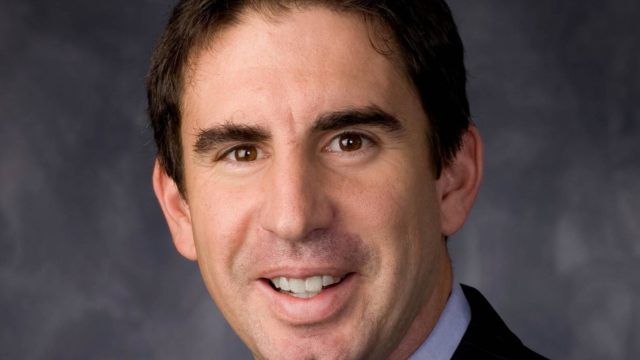Ryan Lentell, Manulife Asset Management
“The regulatory environment for banks has shifted to a deregulatory approach, giving a positive outlook to the sector,” Lentell told FSA during his recent trip to Hong Kong.
US smaller banks have become the major beneficiaries of the reform of the Dodd Frank bill, which now exempts banks with $50bn — $250bn in assets from an annual stress test review.
“The small-scale banks can now manage their capital more freely and the relaxation also unburdens management from a significantly large amount of documents they have to prepare every year,” said Lentell, who manages the US Bank Equity Segregated Portfolio.
“They can spend less in compliance every year so more of the revenue can drop to the bottom line.”
The favourable operating environment under the interest rate hike cycle also supports bank growth, making smaller-sized lenders more attractive than the global banks.
Mega banks, such as Bank of America, Goldman Sachs, Morgan Stanley and JP Morgan Chase, continue to be subject to stress tests and other restraints imposed in the aftermath of the global financial crisis.
Lentell expects the regional banks on average to have 10% more core growth this year compared to 2017.
Including the bottom line benefits from the US tax reform, regional banks are expected to post a 25% year-on-year earnings per share growth.
Regional-heavy allocation
The fund’s investible universe consists of roughly 400 names. Lentell is bullish on the smaller regional banks, allocating 80% of the portfolio to this segment.
Regional banks are the lenders that focus on a specific geographic area rather than targeting the country., he added.
Although the portfolio appears to be highly concentrated, he explained investing in this sector gives a natural diversification.
“The regional banks operating in different regions construct their loan portfolios for varied sectors.
“Banks primarily based in Silicon Valley lend a lot to the tech sector, which is completely different than a bank based in Indiana that is more tied to manufacturing,” he continued.
The portfolio holdings are mostly commercial banks that tend to lend based on floating prime Libor instead of a fixed rate.
He said in the rising-rate environment, commercial banks are expected to benefit more than the fixed rate loan providers, which are mostly lenders for real estate buyers.
M&A
The US banking industry is more fragmented than in other developed economies and Lentell also sees opportunities from domestic mergers and acquisitions.
“There are around 5,700 banks in the US, compared to 18,000 banks in 1985. We have a long tailwind of M&A activity,” he said. “We are seeing around 250 to 300 M&A deals a year. If the pace continues, the number of banks will be halved in the next 10 years.”
He believes the M&A can bring up stock prices as well as cut operational costs.
In terms of risk, Lentell said bank investors have to be mindful of credit risk and signs of recession in the market. But he does not foresee any credit weakness in the near term because of the strong US economy and the continuous growth in banks’ loan books.
“The US economy is expected to accelerate slightly to 3% GDP growth this year. But there are no signs of overheating.”
Fund performance vs benchmark and category
Source: FE Analytics, in US dollars. Period since the fund’s inception in September 2017.

















